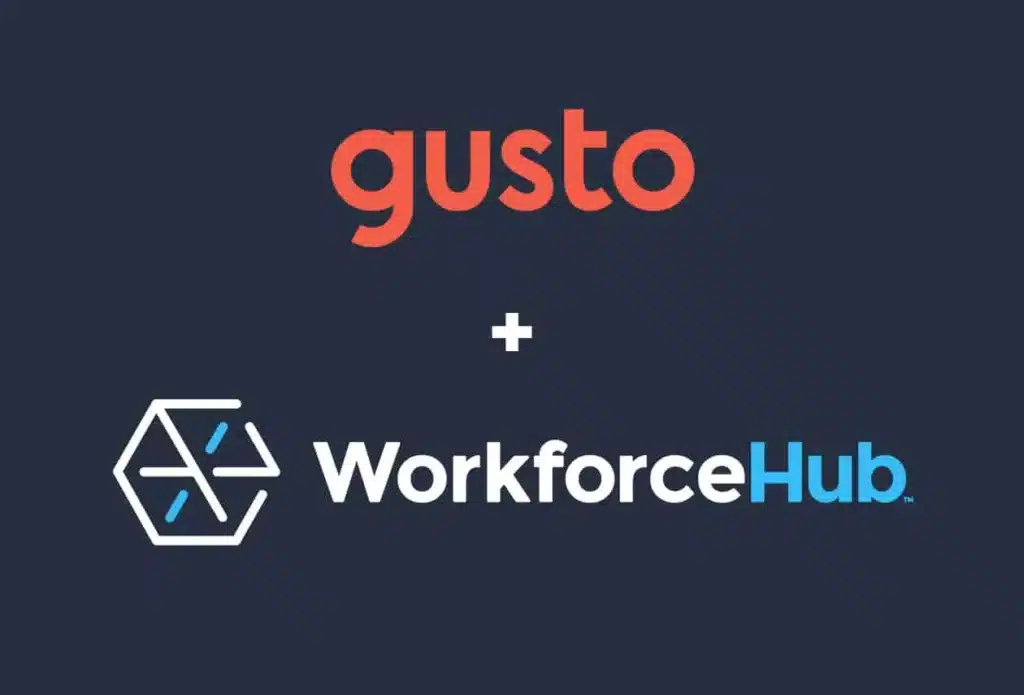6 Best Practices for Seasonal Hiring

Seasonal hiring isn’t limited to the holidays—think summer lifeguards and camp counselors. Seasonal hiring presents a particular challenge to employers. Competition for quality employees is stiff. Onboarding needs to be successful and immediate. If you don’t start training early, seasonal employees are left to sink or swim.
So, what seasonal hiring best practices can help your hiring team overcome these challenges? Do you know how to recruit seasonal players? There are a few rules of thumb that will lead you to success during this busy season.
Hire Early
Depending on when you need your seasonal workers to start, it makes sense to begin the process as soon as possible. With major players adding hundreds of workers for the summer season, a small-to-midsized business has to stay competitive. Make sure you’re advertising your open seasonal roles as early as possible to get applicants before the rush.
Offer Benefits
If you haven’t begun advertising your seasonal jobs yet, don’t panic. You can still beat out the competition by offering better benefits. What kinds of things do seasonal workers want? Higher wages never hurt, but flexibility tops the list of demands. Jobseeking apps and sites have made it easy for seasonal applicants to comparison shop, so you need to find a way to stand out.
Leverage technology like your applicant tracking system to enable applicants to schedule interviews at their convenience. Make sure you’re able to tell your workers their schedules at least a week in advance. Although these employees won’t stay with you for long, they will affect your bottom line. And a happy employee is a productive one, especially when working directly with customers.
Advertise Appropriately
Post your seasonal job where it’s most likely to be seen by the kinds of people you’re looking for. College job boards and social media platforms are good sites to find someone who wants seasonal work. You can also get in front of more niche groups by utilizing the hiring tools built into WorkforceHub. Post to niche boards with a single click!
You can even track which applicants are coming from which sites to determine your most effective advertising avenue. Unless you need very specific skills or have certain prerequisites, you may want to skip the fee-based job sites. Those tend to be frequented by applicants who are looking for a longer-term career rather than a seasonal job.
Assess a Candidate’s Personality
You can do this by interviewing in person, or at least on video. When you’re only hiring someone for a few months, attitude matters most. You don’t have time to nurture and teach your seasonal employees to connect with peers and customers. A resume won’t tell you if a candidate is respectful, enthusiastic, confident, and poised. That’s something you need to see to assess.
In-person interviews are time-consuming, especially if you’re hiring en masse. The hiring solution within WorkforceHub integrates with Google Calendar and Outlook, so you can eliminate scheduling complexities and easily find times that work for everyone. Consider hosting group in-person interviews, or use video interviews instead. Face-to-face interviews are part of seasonal hiring best practices because they yield the best results.
Think Long Term
Don’t neglect to ask about an applicant’s long-term plans just because they are only with you for the season. If you can hire someone year after year, that person will become familiar with your processes.
College students, for example, can be a great choice for seasonal hires. They may have the same season off each year for several years. They like knowing that they can count on you to employ them when they’re on break, and you like knowing that your seasonal new hire isn’t completely “new.” If someone might need a seasonal job next year, take that into account during the hiring process.
Be Ready to Go
Once you’ve sealed the deal with your new hire, get the ball rolling as quickly as possible. Use your applicant tracking software to send and receive the necessary paperwork. Smooth out any wrinkles in your onboarding process. If possible, upload safety and training videos to your new hires’ accounts so they can view them at their convenience. Use a questionnaire to get your employees’ uniform sizes and order them ahead of time. Set yourself—and your new hires—up for success by giving them as much information as they can handle before day 1.
Seasonal hiring best practices can guide you as you make your hiring choices for the holiday season. Snap decisions are necessary, though, and you’re likely to experience some turnover. Once your employees are on board, don’t neglect them. Employee engagement can help lower those churn rates. Training should be ongoing; offer opportunities for promotion. Who knows? That part-time worker may become a key full-time asset.
Simplify HR management today.
Simplify HR management today.
Your Guide to Finding and Bringing On Gig Workers
In today’s ever-changing labor market, it’s crucial to think creatively when seeking to fill roles. With many job seekers prioritizing flexibility and independence, remote and gig work have surged in popularity. However, adapting your hiring practices to accommodate these non-traditional employment arrangements can pose challenges, especially for companies accustomed to traditional hiring methods. This guide…
Read MoreGusto + WorkforceHub Timekeeping: A Match Made in Heaven
Manage your workforce efficiently with the time-tracking solution you need and data that syncs with your payroll platform. If you currently use Gusto, a cloud-based payroll, benefits and human resource management system, you may be looking for something to manage time and labor. After all, failing to track employee hours can put your business in…
Read More





